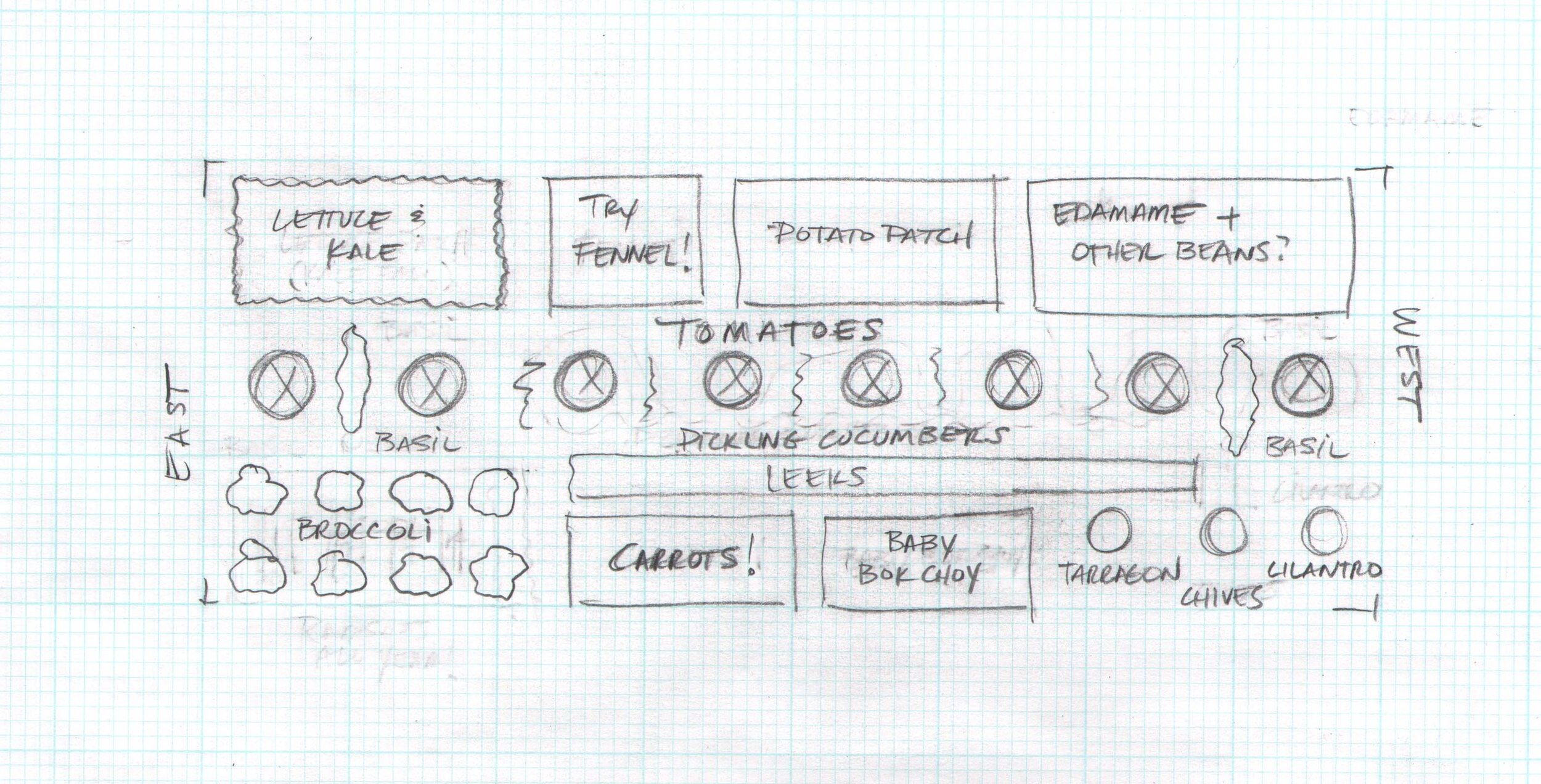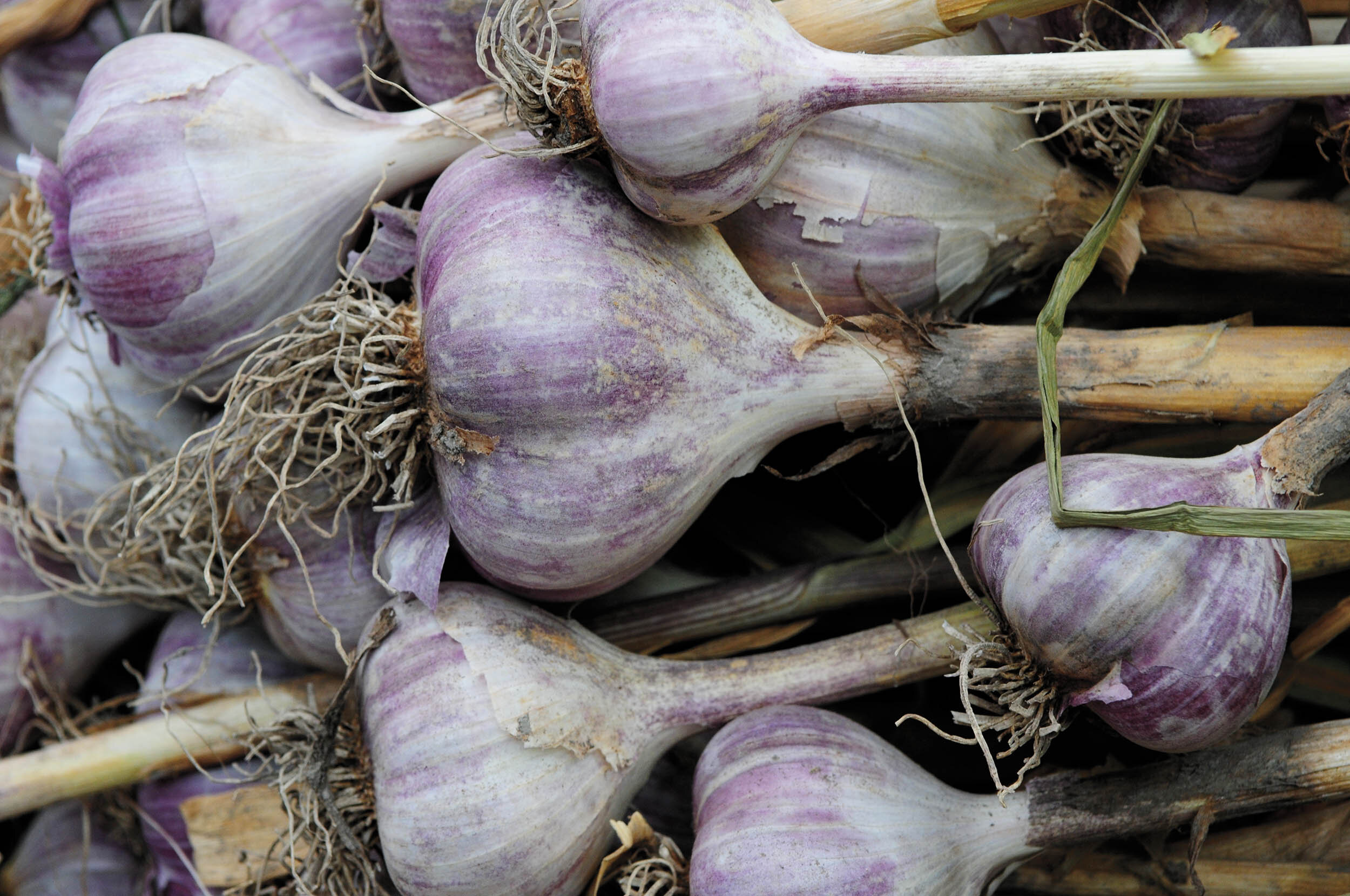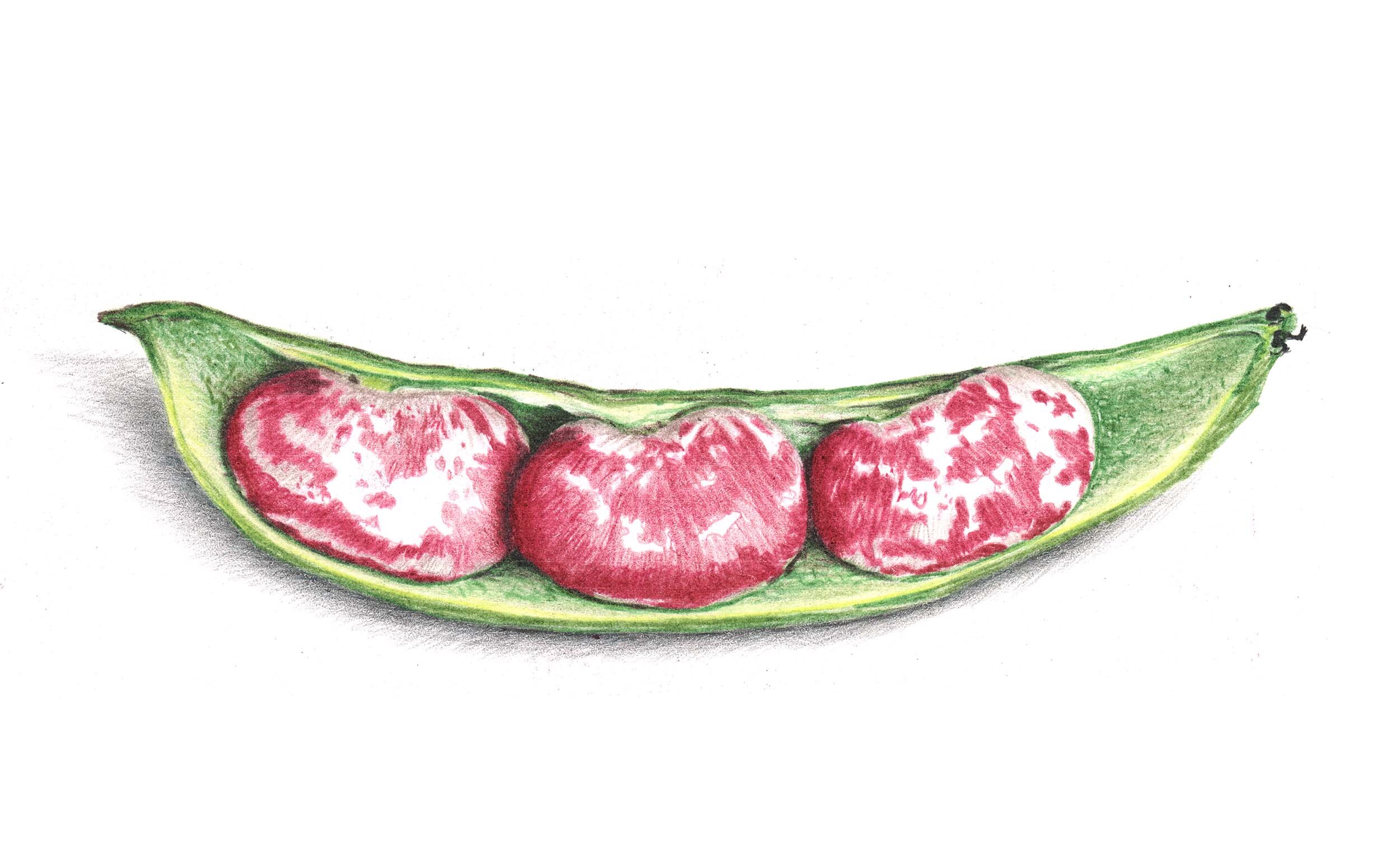Heirloom Beans

I’ve always grown a garden. Well, almost always. There was a seven-year span when the ground lay fallow, and our spirits were oppressed. Between working day and night to launch our family business and battling an unbelievable number of family crises, illnesses, and deaths, it was impossible to grow much of anything except weary.
Finally, six years ago life had settled down enough that we could again resume the family tradition of gardening.
I cried when I went to the freezer to find my father-in-laws cutshort bean seed had molded into a mass of unrecognizable goo. Back then we did not call them heirloom beans; we just knew they were the family bean that had been grown on the same piece of land for four generations with us making the fifth. I felt sick.
Undeterred, I awaited the seed catalogs. My family had always used Gurney’s and Burpees. When the postman made the delivery, I squealed with joy. I grabbed a pen and eagerly flipped through the pages searching for the well-known varieties of my youth. My elation faded to puzzlement. Where were the California Wonder Peppers? Where were the Celebrity Tomatoes and the German Johnsons? Where in the #@%! were the Green Striped Cushaws?
It was a shock.
I had no idea seed companies had turned their backs on old variety, open pollinated vegetables. How could this be?
I called Mom quite distraught. When it comes to gardening, Mom always has answers. She listened to my story and grew quiet. She said, “I saw an article years ago in the Rural Electric magazine about a professor in Berea who was doing work saving seeds. Maybe you can look him up.”
Sure enough, I found him and his name was Bill Best. I wrote him a note in longhand, and about a week later he responded. Immediately, I ordered the beans he suggested. We exchanged short notes from time to time.
Up and down Johns Creek, I started scouting out the families who raised gardens. They gladly shared seeds. I found heirloom seed sources like Baker Creek and Southern Exposure Seed, which helped fill in the gaps. I scoured local farmers' markets looking for oldtime varieties and bought produce just for the seed. A program at Kentucky State University sent me more varieties. At last, the garden could be restored to its former glory!
My Grandpa would be so proud and Charlie’s daddy would be too. We are still on the lookout for a few varieties that elude us, but we have made such progress! When I gaze down the rows of Cowhorn Okra, Blackburn Tomatoes, and Greasy Grit Beans a peace falls over me. I can almost see my Grandpa and my father-in-law working side by side hoeing the beans and admiring the cushaws. Sometimes I believe they are there with me.
It was a simple packet of beans purchased from Bill Best that restored my restless spirit.
Last winter, we finally met. I could not tell him how I felt because I knew I would cry. But watching the elder Bill Best instruct the youthful Chef Jeremy Ashby in the finer points of heirloom seed saving and history, I found my heart was filled with boundless joy. The legacy will continue! That one moment was worth the trip up the Mountain Parkway.
God Bless you Bill Best … for you have blessed me and the people of Appalachia for generations to come. May your harvest always be plentiful and the bean beetles few!
Joyce Pinson grew up in Boone County, KY. She writes a farm-to-table blog, FriendsDriftInn.com, named for her grandparents' restaurant, which operated in Gallatin County, KY during the late 1950s and 60s. Joyce is an avid heirloom seed saver, master gardener, and food preservationist. Joyce is a featured columnist in the Appalachian News Express and hosts a local television show in Pikeville, KY where she now makes her home.




